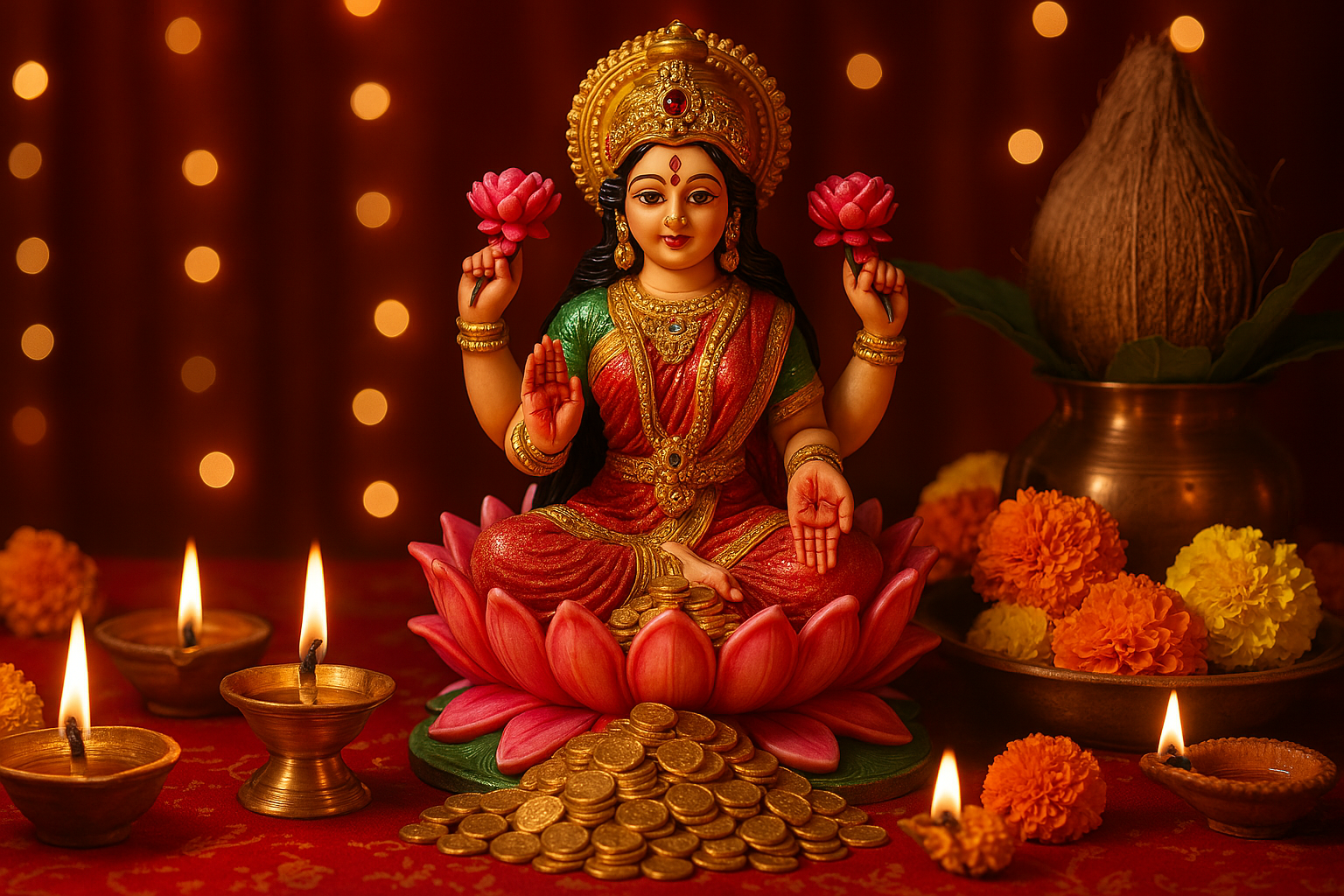Article Contents
Origins of International Mother Language Day
International Mother Language Day was established by the United Nations Scientific and Cultural Organization (UNESCO) in 1999 and was first officially observed in 2000. UNESCO believes that language is more than a tool for communication; it embodies cultural characteristics, history and traditions. Each language represents a unique way of thinking and understanding the world, enriching global diversity.
International Mother Language Day origins of this observance trace back to the Bengali Language Movement in Bangladesh, which sought to preserve the Bengali language’s official status in the then-Pakistan government. On February 21, 1952, students in Dhaka, now the capital of Bangladesh, protested for their linguistic rights, and several were tragically killed in the demonstrations. In recognition of their sacrifice, February 21 was declared International Mother Language Day, reinforcing the importance of linguistic diversity worldwide.
The Importance of Linguistic Diversity
- Language as a Cultural Identity
A mother language is the first language a person learns and is often linked to cultural identity. Many communities express their traditions, literature, and oral histories through their native languages. However, when a language disappears, an entire way of life can be lost. - The Threat to Endangered Languages
According to UNESCO’s Atlas of the World’s Languages in Danger, nearly 40% of the world’s languages are at risk of extinction. One language disappears every two weeks, taking with it a wealth of knowledge, cultural practices, and historical records. The primary causes of language endangerment include globalization, urbanization, and the dominance of widely spoken languages such as English, Mandarin, and Spanish. - The Role of Education in Language Preservation
Education plays a vital role in promoting linguistic diversity. Research suggests that children learn best in their mother tongue before transitioning to additional languages. This not only improves learning outcomes but also strengthens cultural pride and heritage. UNESCO advocates for mother-tongue-based multilingual education, ensuring children receive early education in their native languages.
How to Celebrate International Mother Language Day
- Global Events and Initiatives
Each year, International Mother Language Day is celebrated worldwide through various events, such as conferences, cultural programs, language exhibitions, and educational seminars. Governments, NGOs, and linguistic organizations work together to raise awareness about the importance of linguistic diversity and language preservation. - UNESCO’s Initiatives
UNESCO actively promotes the preservation and revitalization of endangered languages through various projects, including:- UNESCO’s Global Action Plan on Multilingualism – Encourages linguistic diversity in education and media.
- Memory of the World Program – Protects and preserves historical documents, many of which are written in endangered languages.
- World Atlas of Languages – Tracks and monitors the status of global languages to assess linguistic threats and trends.
- Community Participation
Individuals and communities can contribute to International Mother Language Day by:- Promoting bilingual and multilingual education in schools
- Supporting language documentation efforts
- Participating in cultural programs showcasing indigenous languages
- Encouraging children to speak and learn their mother tongue.
How does technology help in preserving languages?
Technology plays an essential role in preserving and revitalizing endangered languages. Digital tools such as language learning apps, online dictionaries, and AI-driven translation services have helped communities document and promote native languages. Platforms such as Google’s Endangered Languages Project and Duolingo’s Indigenous Language Programs offer educational resources that help learners engage with less commonly spoken languages.
Challenges and the Way Forward
Despite global efforts, challenges remain in promoting linguistic diversity. These include:
- Lack of funding for language preservation programs
- Limited educational resources in indigenous languages
- Social stigma associated with speaking minority languages
- Government policies that prioritize dominant languages over indigenous ones
To address these challenges, stronger international cooperation is required. Governments, organizations, and individuals must work together to implement policies that protect linguistic rights, promote multilingual education, and invest in technology for language documentation.
Conclusion
International Mother Language Day is a powerful reminder of the importance of linguistic diversity and cultural heritage. By celebrating and preserving languages, we not only protect human history but also promote inclusivity and mutual understanding across cultures. The United Nations continues to advocate for the recognition and protection of linguistic diversity, ensuring that no language—and the culture it represents—is left behind.
Frequently Asked Questions (FAQs)
1. Why is February 21 chosen as International Mother Language Day?
February 21 commemorates the Bengali Language Movement in Bangladesh, where students lost their lives advocating for the recognition of Bengali as an official language in 1952.
2. What is the main goal of International Mother Language Day?
The primary goal is to promote linguistic diversity and multilingualism, raising awareness about language preservation and cultural heritage.
3. How many languages are currently endangered?
According to UNESCO, nearly 40% of the world’s languages are endangered, with one language disappearing every two weeks.
4. How can individuals contribute to language preservation?
Individuals can:
- Speak and teach their mother tongue
- Support multilingual education
- Participate in cultural events and storytelling
- Document endangered languages using digital tools
5. How does UNESCO support linguistic diversity?
UNESCO supports linguistic diversity through initiatives such as the Global Action Plan on Multilingualism, the Memory of the World Program, and the World Atlas of Languages.
6. Can a language be revived after it becomes extinct?
Yes, some languages have been successfully revived, such as Hebrew, which was once considered extinct but is now a thriving modern language. Efforts like language documentation, education programs, and cultural initiatives can help revitalize lost languages.
7. What are some of the world’s most widely spoken languages?
The most widely spoken languages include English, Mandarin Chinese, Spanish, Hindi, and Arabic, each with millions of speakers worldwide.
8. What role do governments play in language preservation?
Governments can help by implementing multilingual education policies, recognizing indigenous languages, funding language research, and supporting cultural preservation programs.
9. Why is it important to teach children in their mother tongue?
Studies show that children who receive early education in their mother tongue develop stronger cognitive skills, perform better academically, and retain cultural identity more effectively.
By celebrating International Mother Language Day, we can work together to build a more inclusive and linguistically diverse world. Let us continue to support and preserve the languages that shape our identities and heritage.
-
Lakshmi Puja: The Festival of Prosperity and Devotion
Lakshmi Puja is a Hindu festival dedicated to the worship of Goddess Lakshmi, the deity of wealth, prosperity, and fortune. This festival is an integral part of Diwali,…
-
Radha Ashtami: The Auspicious Celebration of Srimati Radharani’s Birth
Article ContentsWhen is Radha Ashtami in 2025?The Importance of Srimati Radharani in VaishnavismThe Celebration of Radha Ashtami in BangladeshSpiritual and Philosophical SignificanceConclusion When is Radha Ashtami in 2025?…
-
Buddha Purnima: The Most Sacred Buddhist Festival in Bangladesh
Article ContentsWhat is Buddha Purnima?Historical Background of Buddhism in BangladeshReligious SignificanceBuddha Purnima Celebrations in BangladeshSpecial Rituals and OfferingsGovernment and Public ObservanceBuddha Purnima Beyond BangladeshBuddha’s Teachings and Their Relevance…
-
Janmashtami: The Birth Celebration of Lord Krishna
Article ContentsWhat is JanmashtamiThe Significance of JanmashtamiHow Janmashtami is CelebratedRegional Variations in Janmashtami CelebrationsSpiritual Lessons from JanmashtamiFrequently Asked Questions (FAQs) About Janmashtami What is Janmashtami Janmashtami, also known…
-
International Mother Language Day: Celebrating Linguistic and Cultural Diversity
Article ContentsOrigins of International Mother Language DayThe Importance of Linguistic DiversityHow to Celebrate International Mother Language DayHow does technology help in preserving languages?Challenges and the Way ForwardConclusionFrequently Asked…






